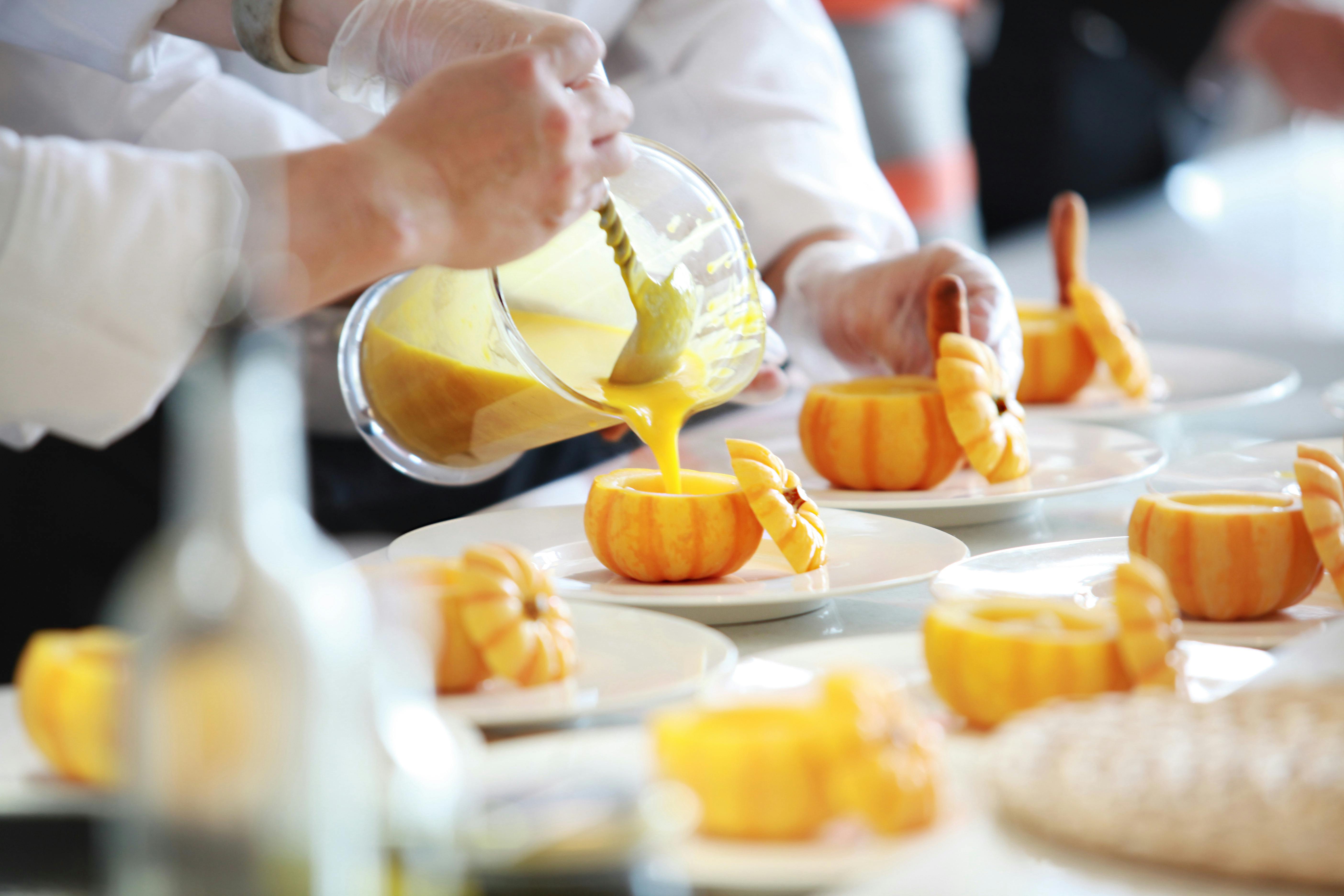
Culinary Gatherings Spark Vibrant Neighborhood Bonds Through Taste And Togetherness
Sunlight filters through leafy branches while neighbors gather, passing bowls of tangy salsa and heaping plates of golden fritters from one pair of hands to another. Lively conversations fill the air as everyone samples dishes both familiar and new, and laughter rises with each shared memory. Friends arrive carrying treasured family recipes, while newcomers proudly introduce favorites from distant kitchens, creating a colorful mix of flavors and traditions on every table. Each bite and story brings people closer, weaving a sense of connection and belonging. These shared meals turn ordinary afternoons into unforgettable celebrations of community and friendship.
Advertisement
Gathering around food creates more than savory memories; it builds trust, sparks friendships, and nurtures a sense of belonging. You don’t need a fancy venue or professional chef skills—just an open heart, a few simple dishes, and a welcoming spirit. Let’s explore how cooking together can strengthen neighborhood bonds, inspire creativity, and leave everyone eager for the next invite.
Building Community Bonds Through Food
Home-cooked meals carry personal stories and traditions that spark conversation. When Maria served her grandmother’s mole negro at a spring potluck, neighbors crowded her table, curious about the blend of chocolate, chilies, and spices. With each bite, Maria shared tales of childhood celebrations in Oaxaca, and people felt invited into her family’s history.
Beyond cultural exchange, food gatherings create opportunities for people to swap skills. At a recent summer barbecue, teens taught older adults how to handle smartphones to capture perfect burger photos, while seasoned cooks demonstrated flame-grilling techniques. These two-way lessons turn every dish into a moment of learning and laughter, bridging generational gaps and neighborhood roles.
Organizing Your Cooking Event
Start with a simple theme: a salad swap, a dumpling workshop, or a regional cuisine night. Narrowing focus helps guests prepare complementary dishes and sparks creative flair. Send invitations that encourage attendees to list dietary needs and favorite flavors—this detail ensures everyone feels welcome and helps avoid last-minute allergy surprises.
Choose a central spot where people can mingle easily. Arrange tables in a circle or chevron pattern so neighbors face each other rather than stare at a buffet line. Scatter colorful tablecloths and string lights to create warmth, and set up a station with recipe cards where cooks can jot down ingredients and tips for curious tasters. This setup turns food sharing into an interactive showcase.
Locally Sourced Ingredients and Artisans
Highlighting local ingredients adds a unique touch. Visit a neighborhood farmers’ market and challenge guests to pick something they’ve never cooked before—maybe heirloom squash, fresh ramps, or artisanal cheese from a nearby creamery. When dishes feature locally sourced produce, they connect people to the land and the growers right around the corner.
Invite neighborhood artisans or food entrepreneurs to share their creations. One block hosted a tasting booth from Urban Spice Co., and residents marveled at exotic blends while vendors explained sourcing from small farmers. These brief demonstrations foster support for local businesses and turn casual tasters into community champions.
Favorite Recipes to Try
- Vibrant Watermelon and Feta Salad: Drizzle lime-honey dressing and sprinkle fresh mint for a refreshing starter.
- Sheet-Pan Everything-Za’atar Chicken with Veggies: Roast skewers of marinated chicken, carrots, and cauliflower under a blanket of Middle Eastern spices.
- Glazed Carrot and Ginger Muffins: Bake bite-size morsels using grated carrots, candied ginger, and whole-grain flour.
- Spicy Black Bean Empanadas: Fill hand-pressed dough with seasoned beans, corn kernels, and crumbled queso fresco before crisping on a griddle.
Hosting Tips to Make Events Memorable
- Set Up a Welcome Station: Offer name tags and a small apron or chef’s hat to break the ice and spark smiles.
- Create Interactive Corners: Designate areas for topping bars—think DIY taco, bruschetta, or yogurt parfait stations—so guests can customize plates and chat while they build bites.
- Assign Roles: Have helpers for plating, refilling drinks, or taking photos. Rotating responsibilities encourages teamwork and keeps everyone involved.
- Use Casual Seating: Scatter pillows, low stools, and folding chairs in clusters. People gather more easily in small circles and feel free to wander between groups.
- Plan a Post-Meal Activity: Lead a quick trivia game about ingredients, host a short recipe swap, or sing along to upbeat tunes—these moments linger long after dessert.
Stories of Neighborhood Unity
When Faisal invited his block to celebrate Eid with sweet semolina cookies and rosewater tea, skeptical neighbors showed up curious. They left with hugs, new recipe requests, and invitations to future gatherings. The next month, a local food blogger featured the event, praising how food can knit diverse communities into a single, spirited tapestry.
On another street, potlucks evolved into a weekly cooking club. Members rotate themes—from vegan tacos to seafood grilling—and post selfies on a community bulletin board. These regular meetups sparked a collaborative garden project, where surplus herbs and tomatoes feed both the gatherings and a nearby food pantry.
Sharing meals helps neighbors break down walls created by busy routines. Kitchens become lantern-lit meeting halls where people speak openly, discover hidden talents, and plan joint projects—from block parties to mural paintings—fueling pride and cooperation across the neighborhood.
*Food* creates joy, learning, and connection. With some planning and enthusiasm, you can turn any gathering into a lasting celebration.
Advertisement